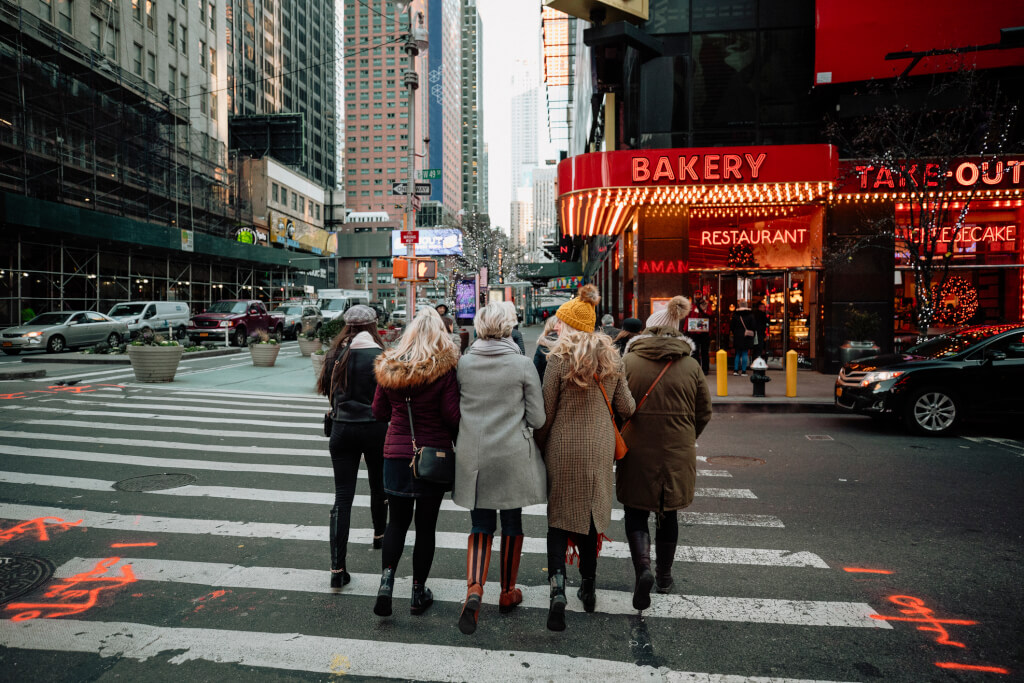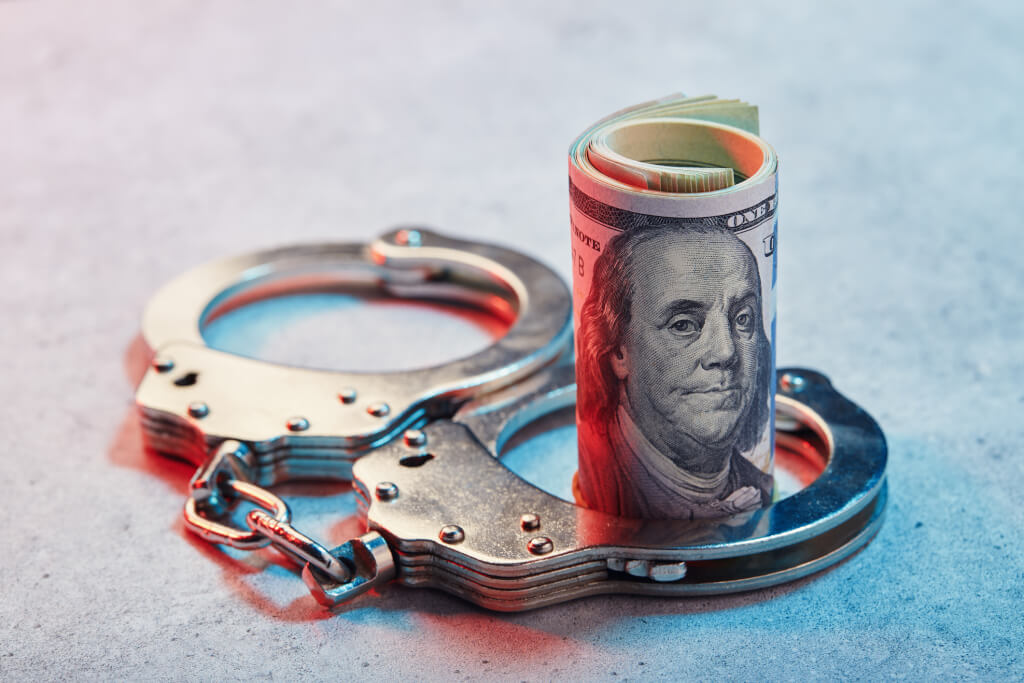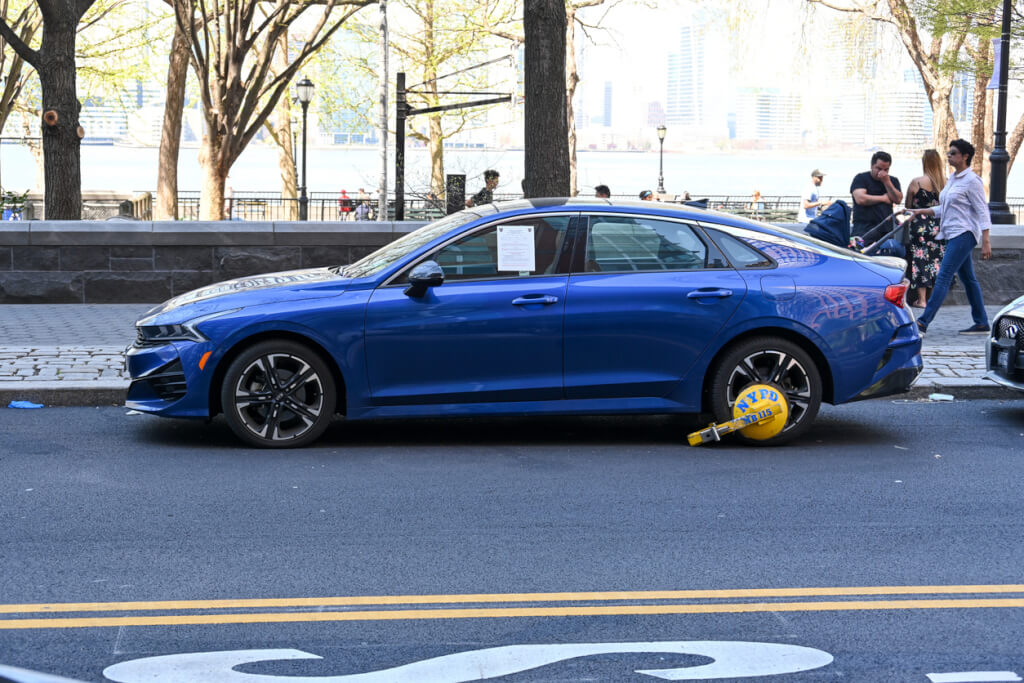'Hares' in public transport in New York ride 8% of passengers: they cost the city millions of dollars
'24.02.2022'
Nurgul Sultanova-Chetin
Nearly 30% of New York City bus riders and 8% of subway riders don't pay fares, costing the city millions of dollars a year, according to new data released by the City's State Transportation Authority (MTA). Fox News.
A Fox News Digital videographer took footage showing waves of "hares" in the center Manhattan climb over the turnstiles and rush through the exit, many in full view of the traffic police.
At least 50 people dodged a $2,75 fare in one hour on February 21 at the 34th Street-Herald Square station across the street from Macy's flagship store.
$100 fine
In one case, a man with a backpack entered the station through the exit door as a woman exited. An officer is heard confronting the man, "Why did you go through the gate?"
"They were open, I don't know," he replied. The policeman issued him a $100 fine.
"Is it worth $100?" the videographer asked.
“I have a better job than you, so yes,” the man retorted.
He was one of three birds with one stone that the police stopped at the station.
"With the public transportation system running out of funds, fare evasion is a crime against ordinary New Yorkers who pay fares," said MTA spokesman Aaron Donovan. "That's why the NYPD and NYC Transit send enforcement teams daily to combating fare evasion on buses and the subway. It's easier to pay $2,75 than a $100 fine."
On the subject: What you can get fined for on New York City buses and subways
The MTA report on fare evasion, released this week, is the latest blow to a troubled transportation system that has seen a surge in crime and rampant homelessness. New York Mayor Eric Adams, who took office in January, acknowledged that many New Yorkers are afraid to ride the subway and spoke about a plan to combat the anarchy that reigned.
Hares cost the city an estimated $179 million over the past six months, according to the latest MTA report.
According to MTA, the estimated metro fare evasion rate decreased from 13,6% in the third quarter of 2020 to 7,9% in the fourth quarter of 2021. In buses, the number of presumed hares increased from 18% in the fourth quarter of 2019 to 26,7% in the same period in 2021.
The MTA counts the number of people not paying subway fares by sending a team of experts to count the number of people not paying at a given hour at a particular station.
28 fines
In buses, this method is easier. 43% of buses have automated passenger counters.
In the last three months of 2021, the police issued about 28 tickets for traffic violations, including for payment evasion.
Under former mayor Ed Koch (1978–1989), plainclothes officers were assigned to stations where there was a high rate of non-payment.
According to Del Castillo, they will issue fines for a week or two. Thus the rate of fare evasion should fall sharply.
In April 2021, New York State Comptroller Thomas DiNapoli released a scathing report on the MTA fare evasion crisis and the useless task force set up to address it. Former New York Gov. Andrew Cuomo launched a joint NYPD-MTA task force in 2019, according to the report. But the expensive program didn't have much of an impact.
On the subject: In 10 hours, a train in the New York subway was hit by three people: one died
Total unpaid tickets rose from $150 million in 2017 to over $300 million in 2019. According to the audit results, the chairman of the MTA Finance Committee said there was no progress and called the sharp increase in revenue losses unacceptable.
Surge in criminal offenses
According to some experts, fare evasion often goes hand in hand with crime. Del Castillo said law enforcement noticed in the 1980s that people who committed crimes on the subway routinely evaded fares.
According to publicly available data, the number of major crimes in the city's metro system in January increased by 75,2% compared to the same month in 2021. At the same time, robberies rose by a whopping 137,5%, and grand larceny by 111,4%. Arrests on the subway rose by 24% over the same period.
In an unprovoked attack, 40-year-old Michelle Goh was standing on the platform of the Times Square station on January 15 when she was pushed under an R train and killed. Simone Marshal, 61, homeless and mentally ill, is charged with second-degree murder for her murder.
Mayor Adams, a former police captain, announced on Feb. 18 a plan to upgrade security and security on the subway. The plan targets fare violators, the homeless and crime.
The plan was launched on February 21, following a stormy weekend six stab wounds and two attacks.
The metro works better than in January 1997. Then, on average, 17,55 major crimes were committed per day. In 2022, the figure is 6,39 crimes per day.
The MTA's extensive transportation system serves more than 15 million people in New York, Long Island, and Connecticut.







